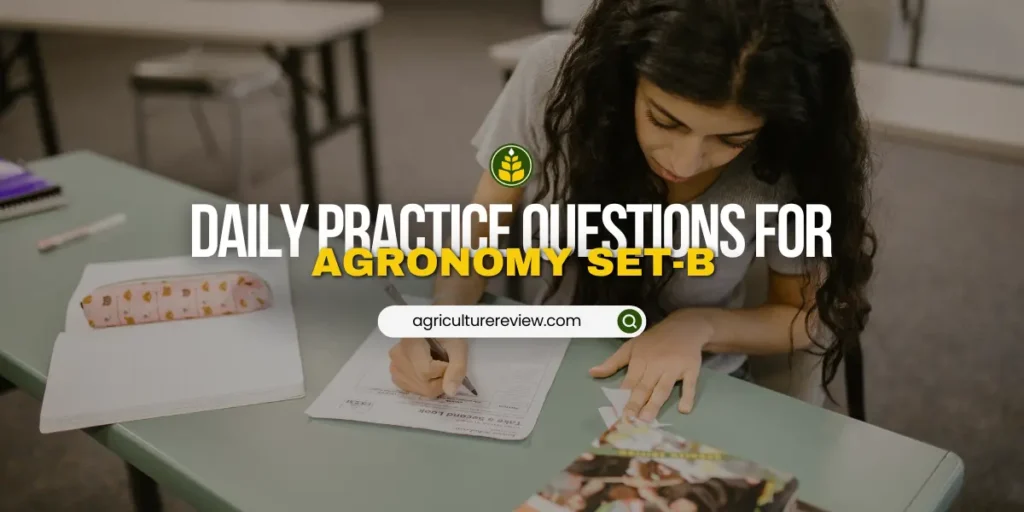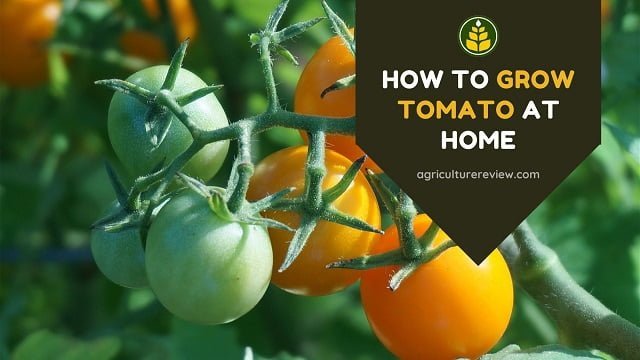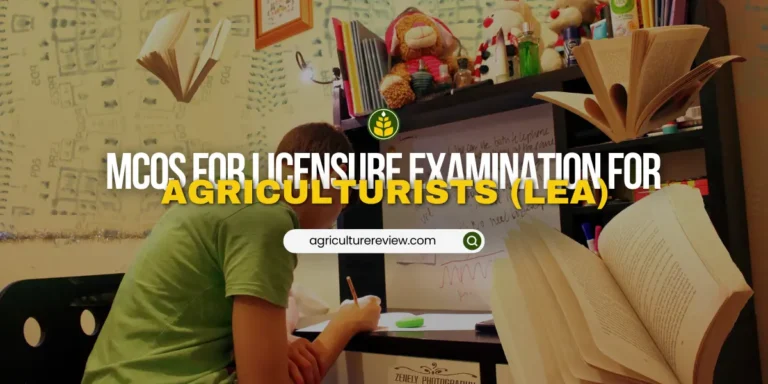1. The term ‘Agriculture’ is derived from which two Latin words?
2. Which branch of agriculture deals with the production of fruits, vegetables, and flowers?
3. Animal husbandry primarily deals with:
4. Which branch of agriculture is concerned with farm machinery and soil conservation?
5. The domestication of animals by humans was a characteristic of which stage of agricultural evolution?
6. Who is considered the ‘Father of agricultural chemistry’?
7. The ‘Liebig law of minimum’ states that plant growth is proportional to the amount of:
8. Which event occurred around 3400 BC that was significant for agriculture?
9. The study of weather is called:
10. Which branch of agriculture deals with application and utilization of agricultural produce in food preparation?
11. The period around 7500 BC is known for the cultivation of which crops?
12. In what year was the plough invented?
13. Which scientist conducted the ‘willow tree experiment’?
14. The concept of ‘photosynthesis’ was primarily developed by:
15. What does the theory of ‘optima and limiting factors’ state?
16. The method of growing plants without soil is called:
17. Which scientist is known for the ‘Green Revolution’ in India?
18. Which is not an element of the ‘Green Revolution’?
19. What is the primary goal of ‘sustainable agriculture’?
20. Which practice involves alternating different crops in the same field to maintain soil fertility and reduce pest and weed problems?
21. Which of the following is a micronutrient for plants?
22. The process of ‘biological nitrogen fixation’ primarily involves which organisms?
23. ‘Silviculture’ is the practice of:
24. The Green Revolution started in which decade?
25. Which technique is used to improve the yield and quality of crops through genetic manipulation?
26. The term ‘Green manure’ refers to:
27. What does ‘pH’ measure in soil?
28. Which of the following crops is typically grown in a wetland paddy field?
29. What is the process of ‘transpiration’ in plants?
30. Which of the following is a systemic fungicide?
31. Which of the following is an example of a ‘cover crop’?
32. What is the primary purpose of ‘integrated pest management’ (IPM)?
33. Which soil conservation method involves creating step-like areas on slopes?
34. ‘Humus’ is best described as:
35. Which agricultural practice helps to reduce soil erosion?
36. ‘Loamy soil’ is considered ideal for farming because it:
37. Which of the following is a primary component of organic farming?
38. Which factor is most critical for ‘photosynthesis’ in plants?
39. The term ‘aeroponics’ refers to growing plants:
40. Which type of irrigation system is most water-efficient?
41. The ‘three sisters’ planting method traditionally involves which crops?
42. Which practice involves growing two or more crops in proximity?
43. Which practice is used to improve soil structure and nutrient content by rotating different types of crops?
44. The term ‘permaculture’ refers to:
45. Which term describes the practice of using biological agents to control pests?
46. What is the primary function of nitrogen-fixing bacteria in agriculture?
47. Which type of pesticide is least harmful to beneficial insects like bees?
48. Which type of soil is typically found in wetlands?
49. Which of the following is NOT a method of organic waste management?
50. What is the term for the process of converting organic waste into valuable fertilizer?





